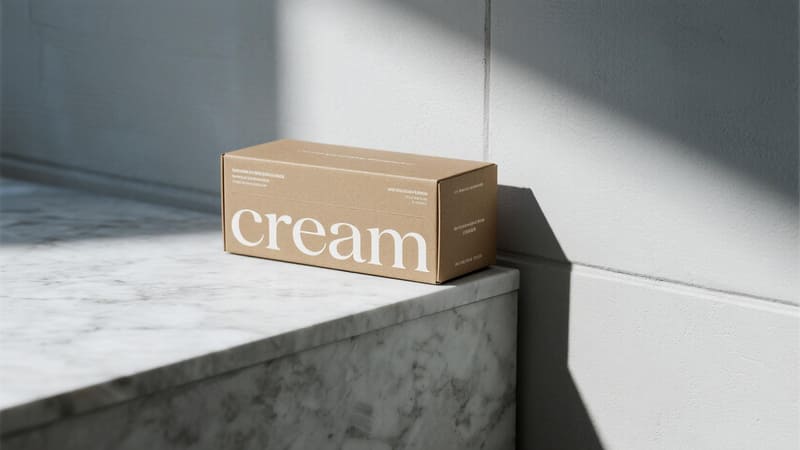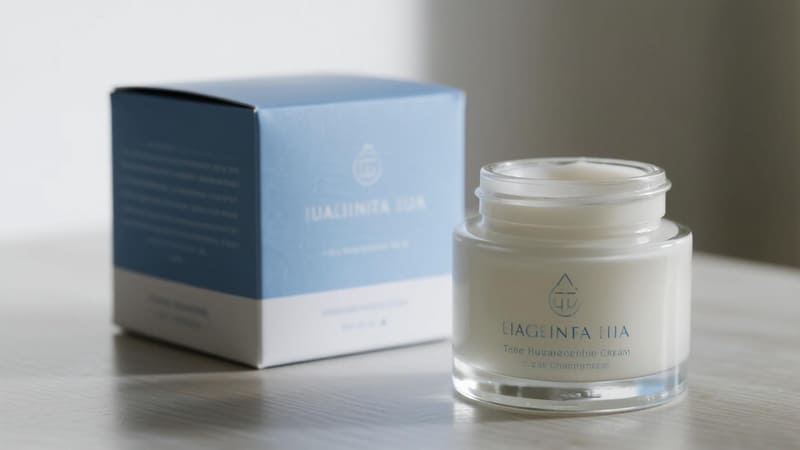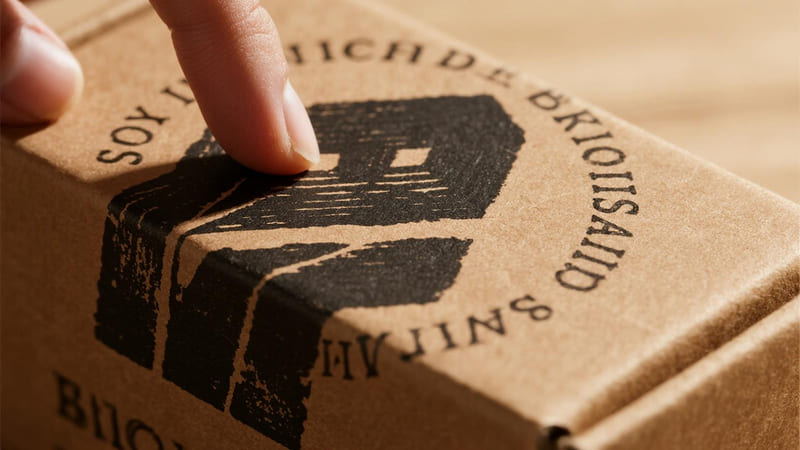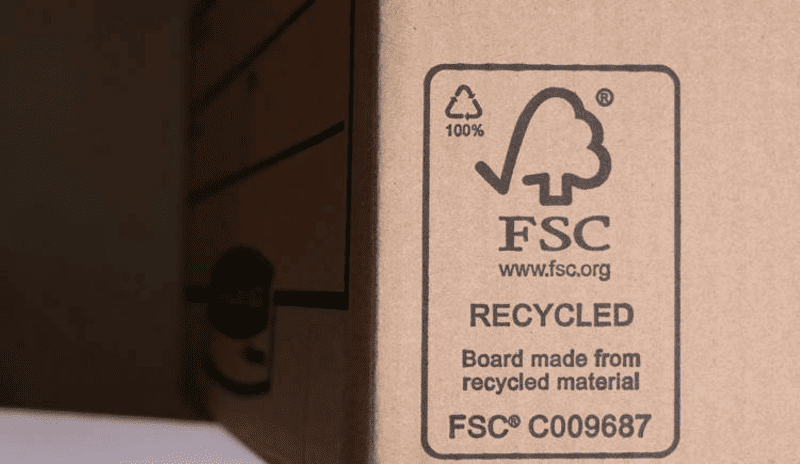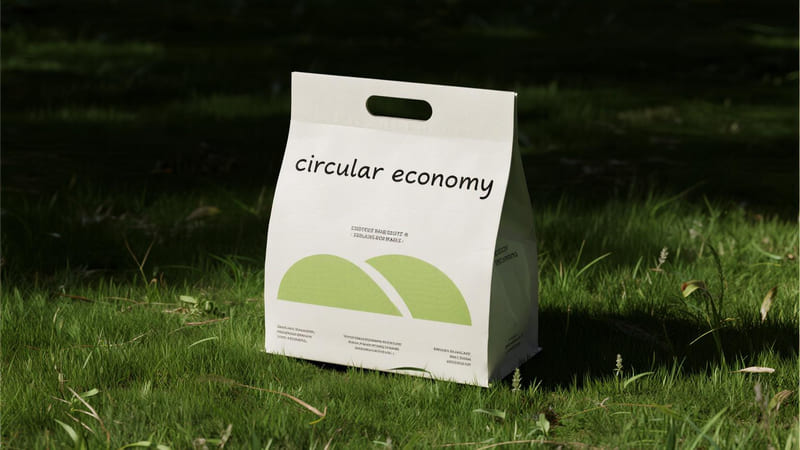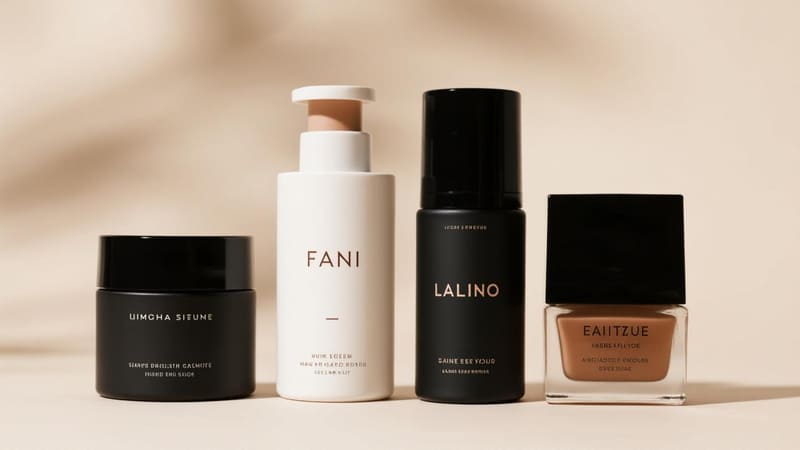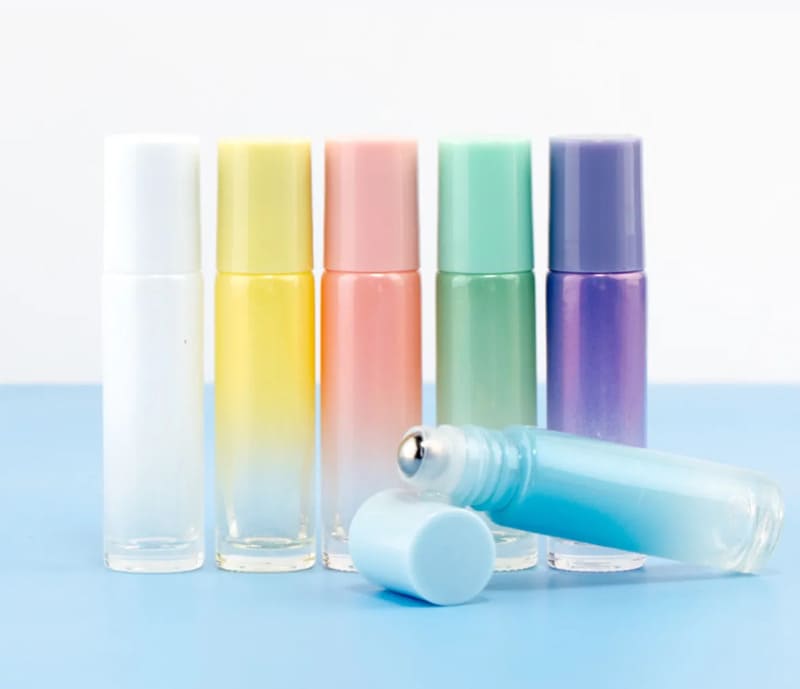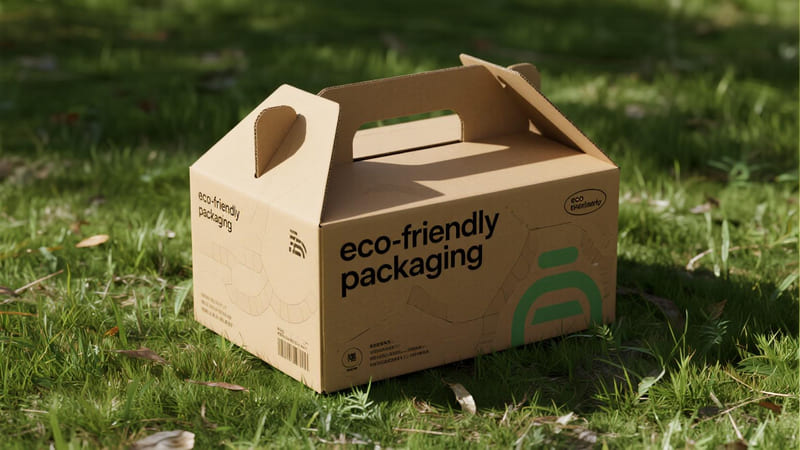Want sustainable packaging but fear it looks cheap or costs too much? I’ll show you how to create premium, eco-friendly boxes that elevate your brand and attract conscious consumers.
To create eco-friendly cream boxes, choose sustainable materials like FSC-certified paper or recycled cardboard. Use soy-based inks, water-based coatings, and a minimalist design that is right-sized for your product. This reduces waste and communicates your brand’s commitment to the environment.
You know the basics now, but the real magic is in the details. The material you choose is the foundation of your eco-friendly packaging, influencing everything from its look and feel to its actual impact on the planet. Let’s explore the best options to ensure your packaging is as good for the planet as your cream is for the skin.
What are the best eco-friendly materials for cream boxes?
Confused by terms like FSC, PCR, and kraft? Choosing the wrong material can undermine your eco-claims and mislead your customers. Let’s break down the best options for truly sustainable packaging.
The best eco-friendly materials are FSC-certified paper, which ensures responsible forestry, and post-consumer recycled (PCR) cardboard, which gives waste a new life. Kraft paper is another excellent choice for its raw, natural look and high recyclability.
Choosing the right material is the single most important decision you’ll make. It’s a statement about your brand’s values. I always guide my clients to think about the story their material tells.
Understanding Your Material Choices
- FSC-Certified Paper: The Forest Stewardship Council (FSC) certification is the gold standard. It guarantees that the paper comes from forests that are managed responsibly, protecting biodiversity and the rights of indigenous peoples. It’s a powerful trust signal for your customers.
- Post-Consumer Recycled (PCR) Paper: This material is made from paper waste that has been used by consumers and then collected for recycling. Using PCR reduces landfill waste, saves energy, and lessens the demand for virgin wood pulp.
- Kraft Paper: This is a strong, durable paper that is unbleached, which means fewer chemicals are used in its production. Its natural, earthy look is very popular with organic and natural brands.
Here’s a quick comparison to help you choose:
| Material Type | Key Benefit | Best For Brands That Are… |
|---|---|---|
| FSC-Certified Paper | Guarantees responsible sourcing. | Premium, trustworthy, and professional. |
| PCR Paper | Reduces waste and conserves resources. | Circular, modern, and waste-conscious. |
| Kraft Paper | Natural aesthetic, strong, and unbleached. | Organic, rustic, and minimalist. |
How can design make my packaging more sustainable?
Think eco-friendly means boring? A bulky, wasteful box, even if made from recycled paper, isn’t truly sustainable. Let’s explore how smart design can reduce waste and look amazing.
Sustainable design focuses on minimalism and "right-sizing." Create a box that fits your cream jar perfectly to eliminate unnecessary material and void-fill. Consider multi-functional designs, like a box that unfolds into an instruction leaflet, to further reduce waste.
Great design is about using less to achieve more. This principle is at the heart of sustainability. I worked with my client Mohammed, who customizes products for his customers in Iraq. We redesigned a box for one of his clients to be 20% smaller. This not only saved material but also reduced shipping costs, a win for the planet and his bottom line.
Smart Sustainable Design Strategies
- Right-Sizing Your Box: This is the practice of creating packaging that fits your product snugly. It eliminates the need for extra plastic inserts or paper filler, reduces the overall weight and volume of your shipment, and provides a better unboxing experience for the customer.
- The Power of Minimalism: A minimalist design often looks more premium and modern. It uses less ink and fewer complex finishes, which can make the box easier to recycle. It lets the quality of your product and the texture of the sustainable paper speak for themselves.
- Designing for a Second Life: Think about how the box can be reused or easily recycled. Can it be designed to be easily flattened? Can it be repurposed for storage? Making it easy for the consumer to do the right thing is a key part of sustainable design.
Are eco-friendly inks and finishes really important?
You’ve chosen eco-paper, but what about the print? Traditional inks and glossy finishes can be petroleum-based and hinder recyclability. Let’s look at the final touches that truly matter.
Yes, they are very important. Choose soy-based or other vegetable-based inks over petroleum-based ones. For finishes, opt for water-based aqueous coatings instead of plastic lamination. These choices ensure your entire box remains biodegradable and easily recyclable.
The details you print with are just as important as the paper you print on. A beautiful recycled box covered in a thin layer of plastic lamination cannot be recycled. It’s a common mistake that undermines the entire effort.
Choosing Sustainable Printing Options
- Inks: Traditional inks release Volatile Organic Compounds (VOCs), which are harmful air pollutants. Soy-based inks are made from a renewable resource and release far fewer VOCs. They also make it easier to de-ink the paper during the recycling process.
- Finishes: Many brands love a glossy or matte finish. The traditional way to achieve this is with a plastic laminate, which makes the box trash. A fantastic alternative is an aqueous coating. This is a water-based coating that provides a protective finish without compromising recyclability.
- Ink-Free Embellishments: Techniques like embossing (raising a design) or debossing (imprinting a design) can add a luxurious, tactile element to your box without using any ink at all.
| Feature | Traditional Method | Eco-Friendly Alternative |
|---|---|---|
| Ink | Petroleum-Based Ink | Soy-Based or Vegetable-Based Ink |
| Coating | Plastic Lamination | Water-Based Aqueous Coating |
| Effect | Heavy Ink Coverage | Embossing / Debossing |
How do I communicate my brand’s eco-commitment on the box?
You’ve made a truly sustainable box, but will customers notice? If you don’t communicate your efforts clearly, your investment might go unappreciated. Let’s make sure your message gets heard.
Communicate your commitment by using official certification logos like the FSC symbol or the recycling mobius loop. Add a short, clear message on the box, such as "Printed with soy ink on 100% recycled paper. Please recycle." Honesty and transparency build trust.
Telling your sustainability story is crucial. Consumers want to support brands that care. My client Anna in Thailand saw a huge boost in customer loyalty when she added a small note to her packaging explaining her choice to use PCR paper and soy inks. It showed her customers that she shared their values.
Crafting Your Eco-Message
- Use Official Logos: If you use FSC-certified paper, you have the right to use the FSC logo. This is an instant, credible signal to your customers. Also, include the universal recycling symbol (the Mobius loop) to prompt your customers to dispose of the box correctly.
- Be Clear and Honest: Avoid vague terms like "eco-friendly" or "green." Be specific. Use phrases like "This box is made from 80% post-consumer recycled material" or "Printed with vegetable-based inks." Specificity builds trust and protects you from accusations of "greenwashing."
- Tell a Small Story: A single sentence can make a big impact. Something like, "We chose this packaging to be kinder to our planet. Please help by recycling it," creates a personal connection and reinforces your brand’s identity.
Conclusion
Creating eco-friendly cream boxes is about smart choices in materials, design, and inks. This approach not only protects the planet but also elevates your brand and builds lasting customer trust.

